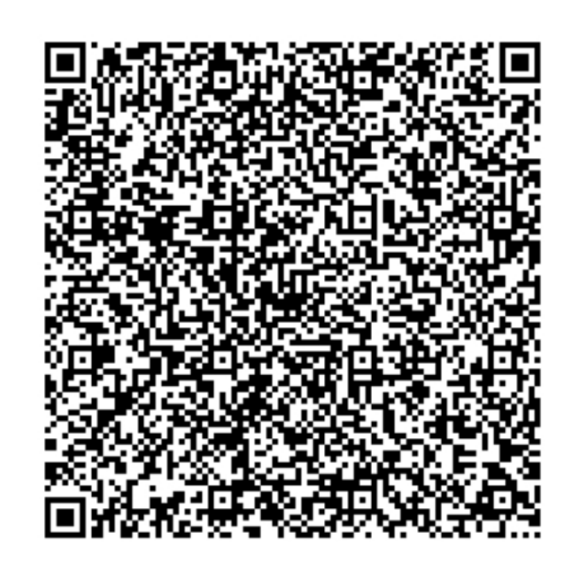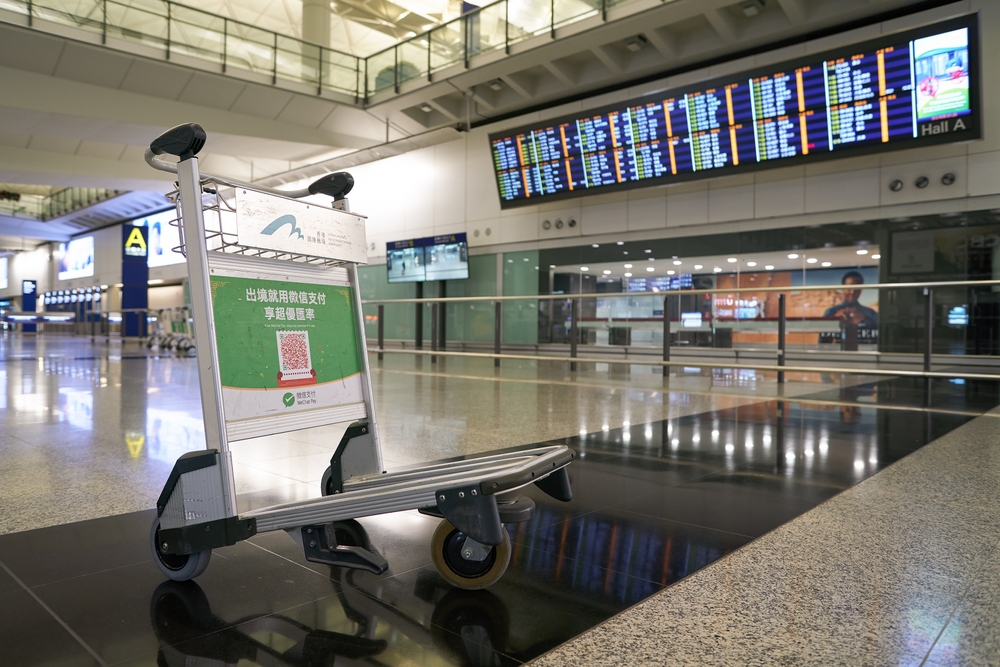
The China Arrival Card is an online registration form that helps streamline entry procedures for international visitors traveling to China. Depending on nationality and visa requirements, most foreign travelers are required to complete this form before arriving in the country.
By submitting basic personal, travel, and immigration details online in advance, travelers can enjoy a smoother arrival process when entering China. The information provided is used to assist with standard border checks and immigration processing upon entry.
Whether you are planning a business trip, a holiday, or a family visit, completing the MDAC is an important step before your journey.
From walking the Great Wall in Beijing to exploring Shanghai’s skyline, visiting Xi’an’s Terracotta Army, or cruising along the Li River in Guilin, travelers are encouraged to submit their China Arrival Card before departure to avoid unnecessary delays at the border.
The official currency of China is the Renminbi (RMB), commonly referred to as the Yuan (CNY). Its symbol is ¥, and it is often written as CNY in international contexts. One Yuan is divided into 10 Jiao and 100 Fen. While cash is still used, mobile payments via Alipay and WeChat Pay are the most popular methods across the country.
The official language of China is Mandarin Chinese (Putonghua), spoken nationwide. However, the country is linguistically diverse, with many regional languages and dialects still widely used, such as Cantonese in Guangdong and Hong Kong, Shanghainese in Shanghai, and Tibetan in Tibet. English is spoken in major cities, tourist areas, and international hotels, but less commonly in rural areas.
Approximately 1.41 billion (2023 estimate)
Due to its vast size, China has a wide range of climates:
• North – Cold, dry winters and hot summers (e.g., Beijing, Harbin).
• South – Warm, humid weather year-round (e.g., Guangzhou, Hong Kong).
• East Coast – Influenced by monsoons with distinct wet and dry seasons.
• West & Plateau Regions – Arid deserts in Xinjiang and high-altitude conditions in Tibet.
• The best times to visit are spring (April–May) and autumn (September–October) when the weather is generally mild and comfortable.
• Local SIM cards are available at airports, convenience stores, and mobile shops (major providers include China Mobile, China Unicom, and China Telecom).
• Data plans are affordable, with prepaid options widely available for travelers.
• Wi-Fi is common in hotels, cafés, and restaurants, but access to some international websites and apps may be restricted. Using a reliable VPN is recommended for unrestricted browsing.
Example of a China Arrival Card Confirmation Email (for reference only)


Once submitted, the China Arrival Card is processed through the official border system. Travelers usually receive confirmation once their information has been successfully registered.
When accepted, the China Arrival Card is digitally linked to the traveler’s passport and journey details. There is no need to present a separate paper copy unless specifically requested, as immigration officers can access the information electronically upon arrival. A new China Arrival Card must be completed for every entry into China and should be submitted within 3 days (72 hours) prior to travel.
If the China Arrival Card contains missing or incorrect information, travelers may be asked to resubmit their details or make corrections before boarding or at the point of entry. It is essential to ensure that all information — including passport number, travel dates, and ports of entry — is accurate. Errors or incomplete submissions may result in delays at the border.
Our role is to assist travelers in completing the China Arrival Card accurately and on time. The review, acceptance, and final verification of the China Arrival Card are carried out solely by Chinese immigration authorities.